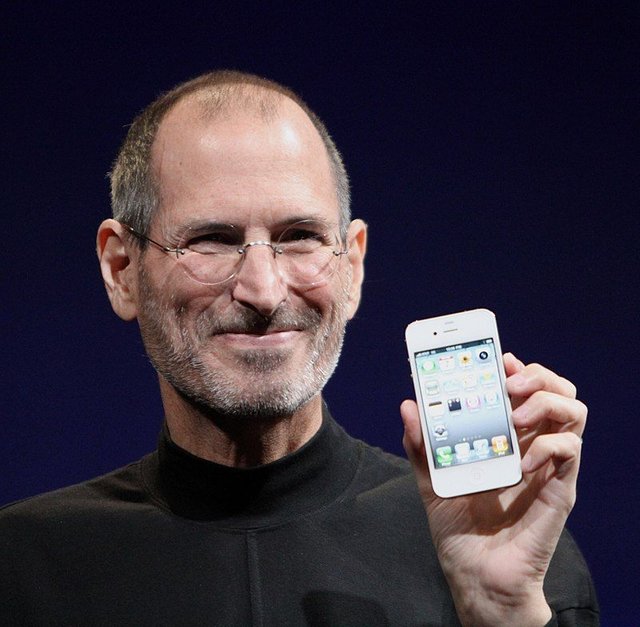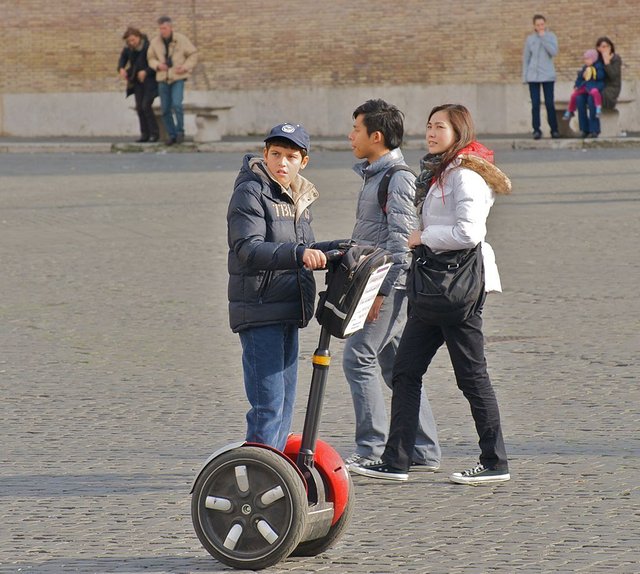Steve Jobs loved this product, but it was a failure

By Matthew Yohe CC BY-SA 3.0 or GFDL, via Wikimedia Commons
Steven Paul Jobs. Malcolm Gladwell said he was a master tweaker while his biographer, Walter Isaacson claimed that he was a revolutionary. When he and Steve Wozniak started Apple in his parents’ garage in 1976, he changed personal computing forever. His short-lived venture, Next, paved the way for Tim Berners Lee to create the internet. When he launched the iPod as “1000 songs in your pocket”, it created a ruckus in the music industry. He destroyed the idea of albums with 99 cents per song. Still, artists and fans kept flocking to iTunes. He was even audacious enough to kill his own product when he enthusiastically introduced the iPhone which was an iPod, a camera, and a phone all rolled into one. We’ve never looked at mobile phones the same way ever again (and yes, Blackberry is dead). Tablet computing came shortly after, and while the iPad became a laughing stock as #iTampon, it was so good it rippled into new industries with apps and digital publishing. Lest we forget, Jobs gave Pixar its life, too.
With his impact in different industries, it can be said that Jobs and his intuition can be trusted. Jobs can always find the right product to develop, improve, market, and sell into millions. However, this isn’t always the case. In his book, Originals: How Non-Conformists Move the World, University of Pennsylvania professor and psychologist, Dr. Adam Grant wrote about the technology that Steve Jobs loved yet it was a failure. The product was Segway--a two-wheeled, self-balancing scooter. When Jobs, Amazon’s Jeff Bezos, and prolific investor John Doerr met with the guys from Segway, all of them showed enthusiasm about the product. Jobs claimed that the Segway would be as big as the personal computer. It was innovative; it could make people pee in their pants. However, the design sucked. He felt an urge to be involved in the Segway, but he didn’t.

By Ed Yourdon CC BY-SA 2.0, via Wikimedia Commons
Years later, Segway was a complete failure. President George W. Bush, British journalist Piers Morgan, and owner James W. Heselden all figured into accidents using the Segway. Sadly, Heselden died. The Segway was supposed to be a hit, but it wasn’t. Like many technologies, the first question should cover user acceptance and regulation. Cities and roads were not prepared. The market was not prepared. Since transportation is an industry where advancements can take quite a while, the Segway needs more time. It should never be just an innovative product--it should be usable AND safe.
Dr. Grant argued that unlike Jobs’s other ventures, his fascination about the Segway was wrong because he didn’t know about transportation--he was a computer guy, and computer guys could only trust their intuition when dealing with computer-related technologies. After all, they’ve had years of experience dealing with such technologies. To venture into transportation would require a different kind of judgment that’s grounded on transportation-related successes and a lot of transportation-related failures.
Few years later, HOVERBOARDS!